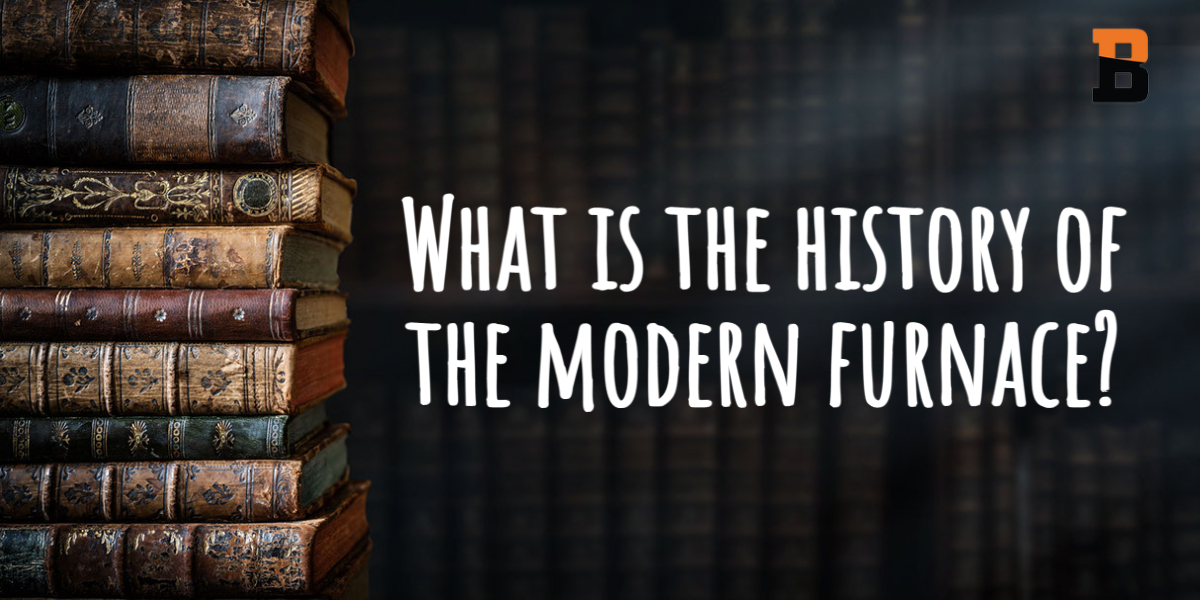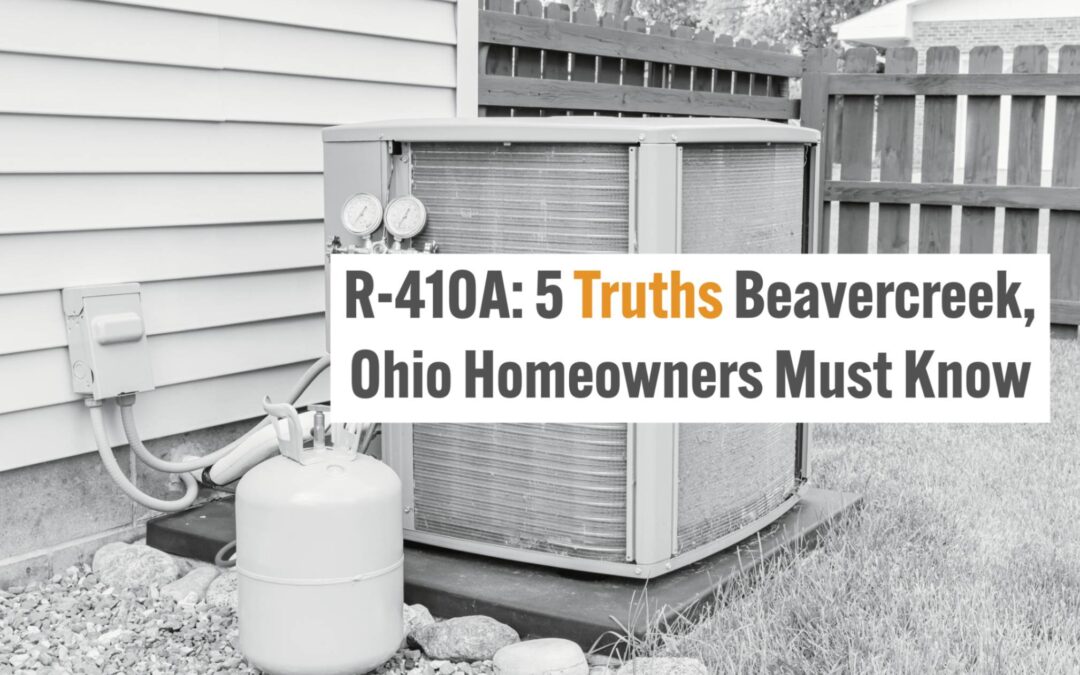Throughout the age of time, part of the human race’s survival has primarily depended on the ability to stay warm. There are records of our ancestors from all races and the progression and innovative ways they used to generate heat. From rubbing two sticks together to spark a flame to the use of the modern-day residential furnace, Beavercreek Heating & Cooling is here to discuss the history of the modern furnace with you.
When Was the Radiator Invented?
The concept of the radiator originated in Rome when they created the hypocaust. But the modern-day radiator wasn’t invented until 1855 by a man named Franz San Galli. However, in 1885 Dave Lennox furthered the progression of home heating by creating coal-burning cast-iron radiators. Generally, these were installed in basements so that they could send heat upwards in order to keep the house space above well-heated.
When Was Electric Heat Discovered?
In 1882, electric heat was invented. In 1905, Albert Marsh was an American metallurgist who discovered the metal contained chrome. This paved the way for him to construct a heating element that was hundreds of times stronger than what was being used at the time. Marsh’s discovery allowed electrical currents to pass through that heating element, which converted the electricity to heat. Though technology has changed over the years, Albert Marsh’s original concept has not varied all that much. Thus, he is dubbed “the father of the electrical heating industry.”
When Was the Central Heating System Created?
The first patented central heating system was made in 1919 by Alice Parker. This allowed warm air to be regulated and evenly distributed around the house. This invention changed the process of home heating from then on.
When Was Distributed Forced Air Established?
Alice Parker’s invention set the foundation for the forced air wall furnace to come about. In 1935, the distributed forced air furnace was invented. This worked due to heat from the furnace being distributed through ductwork which changed the course of central heat and air distribution as it was currently known. This was a game-changer. It allowed heat from the furnace to travel to rooms throughout the house and exit through air registers. However, the downfall to this new invention was that gravity would come into play, and the air would fall and return back to the furnace only to start that heating process all over again.
What Advantage does the Modern Day Furnace Have?
Today, we are privileged to use modern-day furnaces in our homes. Gravity-fed furnaces had previously been an issue due to the warm airdropping back into the furnace resulting in a continuous, inefficient heating cycle. The solution to this problem was found in motor-driven fans. These enabled warm air to pass through smaller ducts and reach farther rooms. Heated air is now filtered through registers and vents. As a result, heated air is adequately distributed and circulated throughout the home.
Central Heating systems have come a long way. Modern technology has contributed to progressive and efficient home heating methods. But even with smart thermostats and the ability to control the temperature from an app on your phone, you can see how heating equipment designs can be traced back to their origins dating back a couple of centuries. If you have any further questions or possibly need to upgrade your furnace, don’t hesitate to get in touch with your service professionals at Beavercreek Heating & Cooling. We would love to be allowed the opportunity to serve as your trusted HVAC professionals. Call today at (937) 708-8527, or schedule an appointment online now by clicking here!






